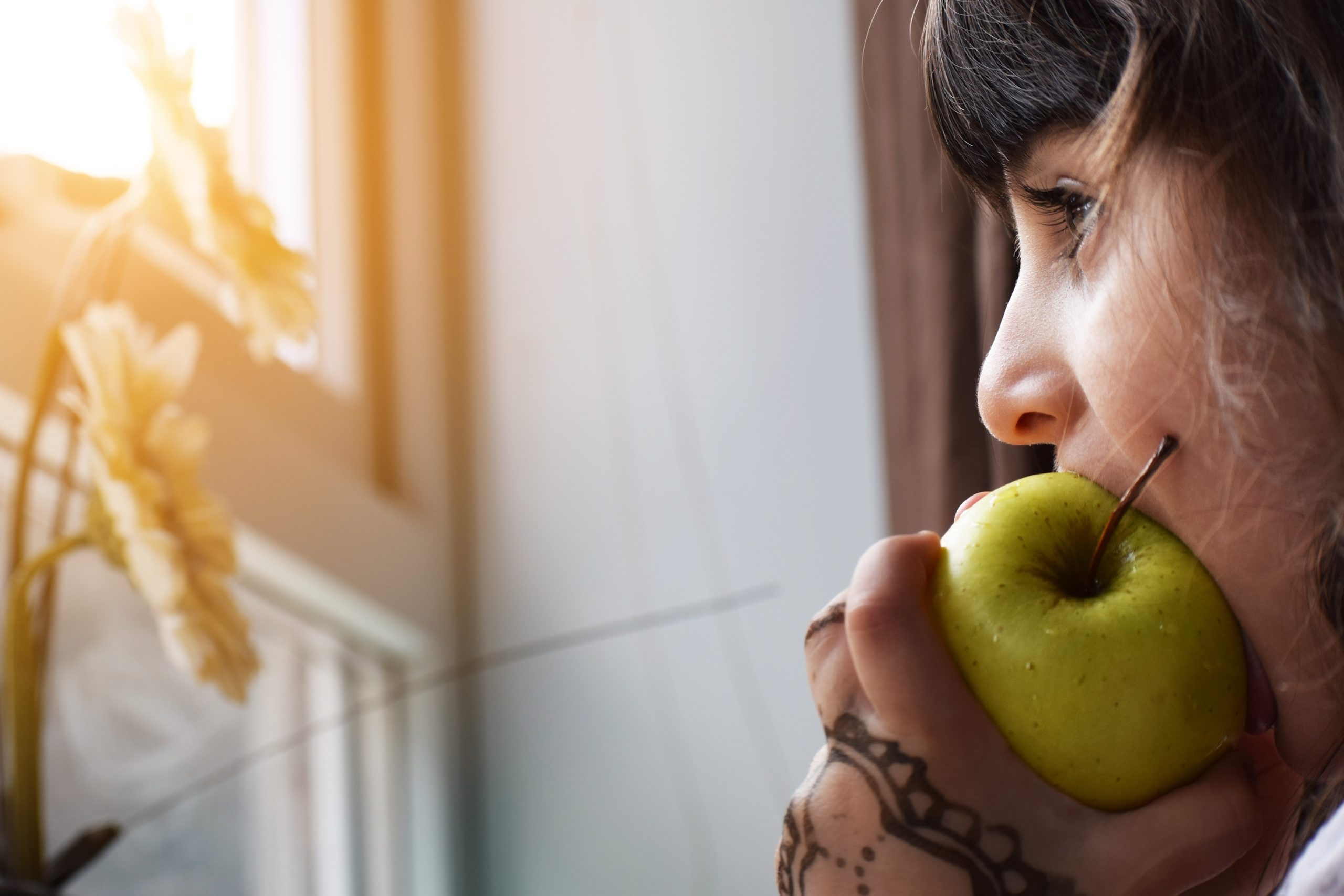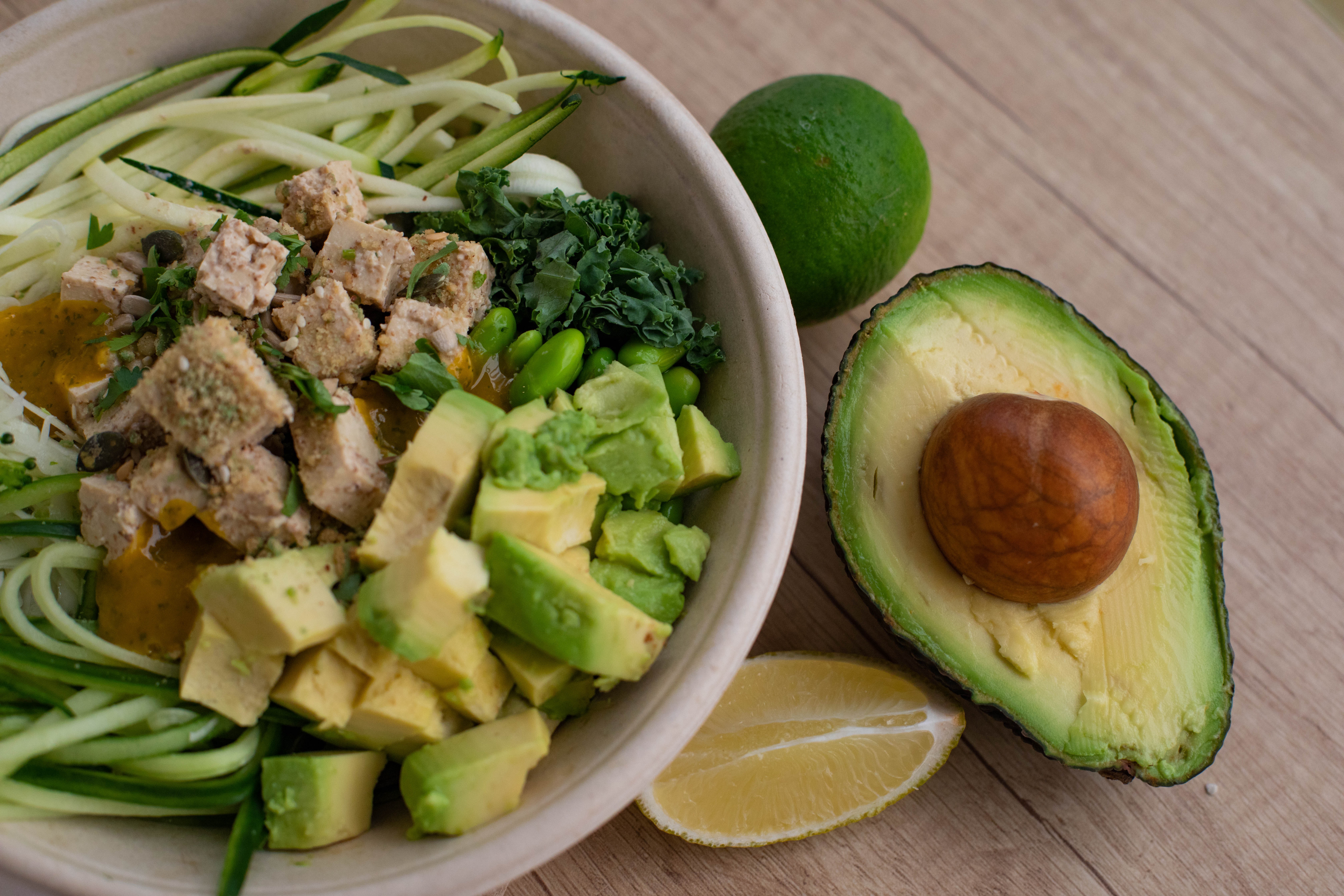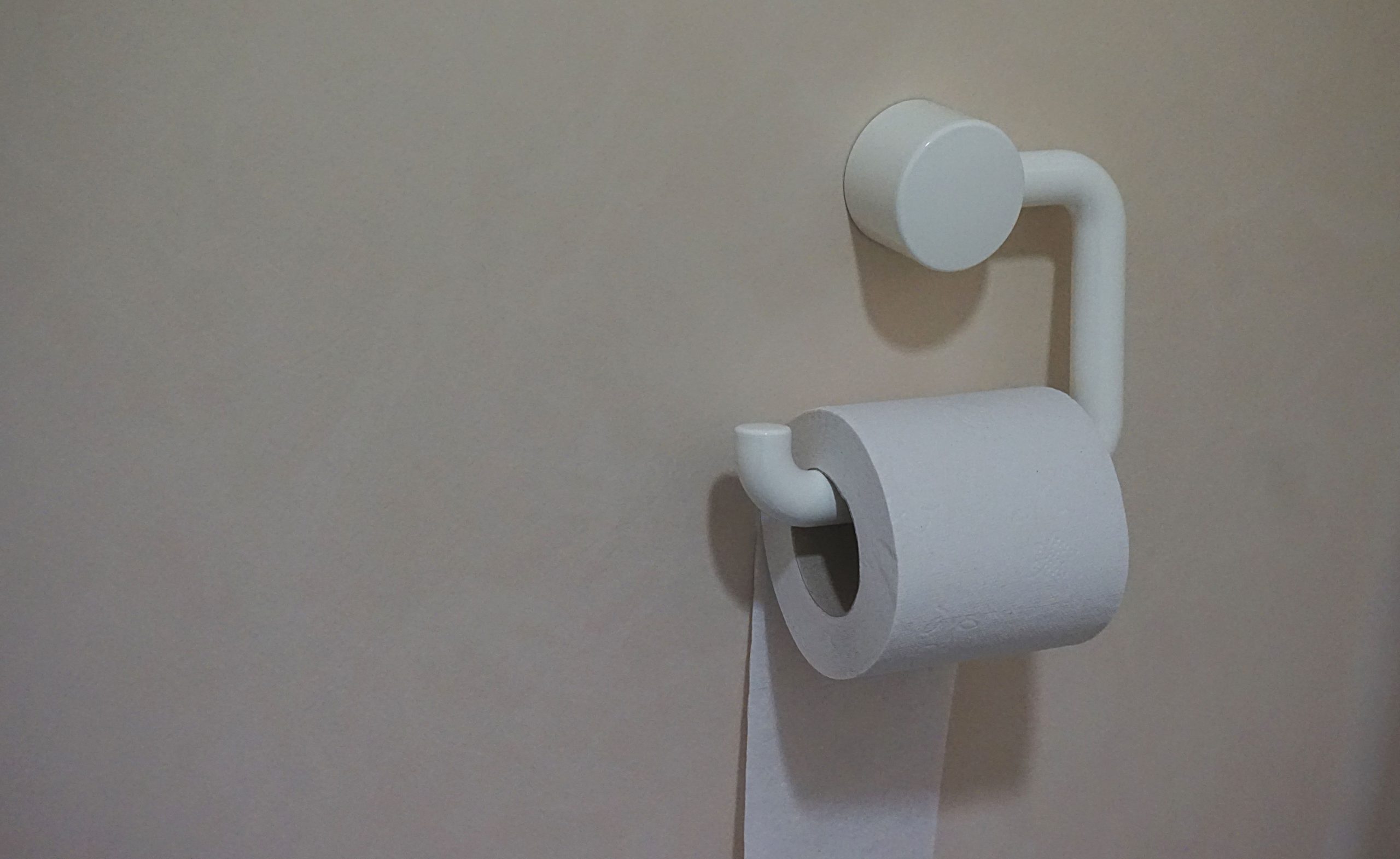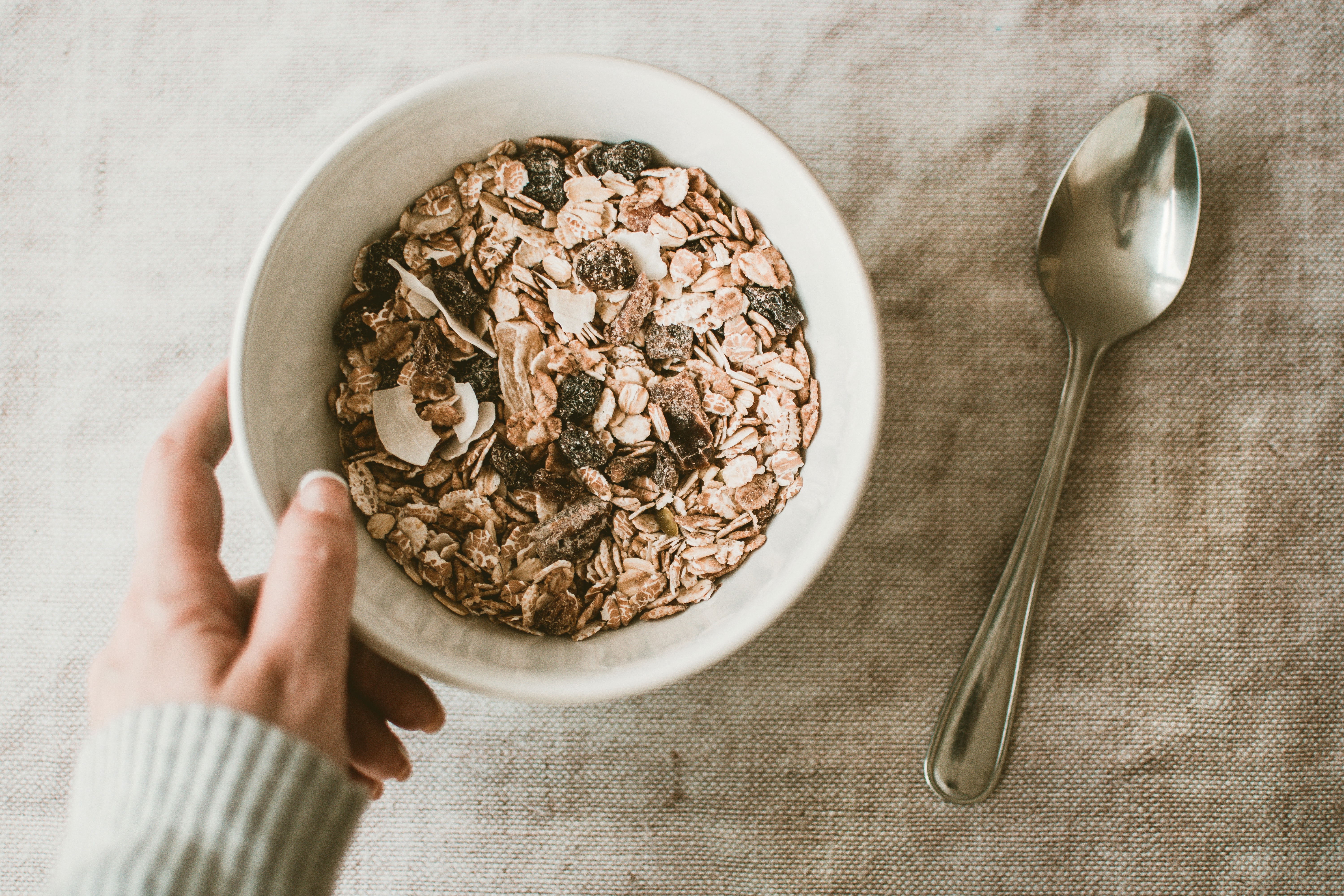It all starts with what you see…

The road to digestion all starts with the senses. Firstly, the eyes locate the food and send an electrical impulse to the brain (the visual cortex to be precise). The sight of the food sends signals to the salivary glands (located in the top of your mouth, and underneath your tongue) to start producing saliva, as well as the stomach to start producing gastric juices (pepsin and rennin).
The olfactory (nose) comes into play at this point. The nose acts as a safety mechanism for us as it begins to smell the food we are seeing to see if it smells good (edible), or smells bad (has the food gone bad?). That determines whether it is safe or not for us to eat the food we are looking at. Once we get the ‘OK’ from our nose that it is safe to eat, we are free to indulge in the food as much as we want.
Down the rabbit hole..

Once the food is in our mouths, it is mixed with the saliva, and chomped on by our teeth until it is broken down into smaller chunks known as ‘bolus’. The bolus passes the tonsils which act as part of the immune system, sieving the bolus to see if everything is munched properly for digestion. The bolus is then swallowed and travels down the pharynx and the oesophagus into the stomach.
Once in the stomach, the digestive juices get to work breaking down the food into semi-liquid components (known as chyme, but pronounced ky-me) so that the food can go through the digestive system with ease. This takes approximately around 6 to 12 hours depending on what you have eaten, for instance, if you have eaten steak it would take longer to break it down than a cupcake for example.
The digestion begins (The road down the gut, Part 1)…

The food then starts the process of travelling to the first part of the small intestine, known as the duodenum. Here, our macros are broken down by their respective enzymes, and absorbed into the bloodstream (trypsin for proteins, lipase and bile for fats, and amylase for carbohydrates). The duodenum contains tiny finger-like structures known as villi, which are the (bouncers) to our bloodstream. These villi aid in the absorption of the key components of the food into the bloodstream.
..Where the food is broken down

At this point, the uptake of these macros are very different. This is because the structure of the molecules are different.
- Proteins are broken down into amino acids, and taken to the liver to be filtered. The blood then goes to the heart and pumped out to the body.
- Carbohydrates are broken down into sugar and taken up into the bloodstream – the blood is filtered by the liver and then pumped to the heart to be pumped out into the bloodstream for cells (then insulin does the rest)
- Fats are taken up by the lymphatic system as they are too big to go through the capillaries – they make up nerves, myelin sheaths, cell membranes, and the brain molecules. Fats are taken up by the lymphatic system which contain our immune system, as well as excess fluid from the cells, and travel up to the thoracic duct.
Fat molecules have a very solid structure and are therefore very different to proteins and carbs. Because of their solid structure, and due to the fact that fats do not take well to water, they are taken up through a different channel to lipids and proteins, more specifically, the lymphatic system.
The lymphatic system does not go through the process of being filtered through the liver before it gets to the heart, instead it goes straight to the heart because it is needed for the cells, brain and important systems such as the nervous system. This is the epitome of the example ‘you are what you eat’. The fat that you eat goes straight to your heart and your cells, so it is imperative that we eat good fats and fuel our bodies, as it is these fats that coat our cells.
The road down the gut (Part 2)

The chyme then travels down the second part of the small intestine known as the jejunum. Here, the ions, amino acids, and vitamins and minerals such as manganese, zinc, water, calcium and sodium are removed from the chyme and absorbed into the bloodstream via the villi.
The road down the gut (Part 3), and out the other end..

By the time the chyme gets to the last part of the small intestine, known as the ileum, there is hardly anything left of the food we have eaten. The ileum does not contain any villi, but instead has smooth muscle. Here, the leftover bile salts (from the digestive juices) as well as vitamin B12 are absorbed. The bile salts are taken back to the liver to be reused, and the B12 is used around the body. Vitamin B12 is extremely important for the body that there is a whole portion of the digestive system dedicated to it. This is because B12 is responsible for ALL the metabolic processes in the body(1).
Anything that is left from this absorption makes its way to the large intestine, where it is met by the gut flora and used to feed the gut, and joins the midnight train to the anus.
The Takeaway

As you can see, the digestive system is a massive system that is long and complex. Every time we eat, they are at work making sure that we get the right nutrients we need in order to stay alive. In order to make the right choices for your health, it is important to understand your body including the digestive system.
